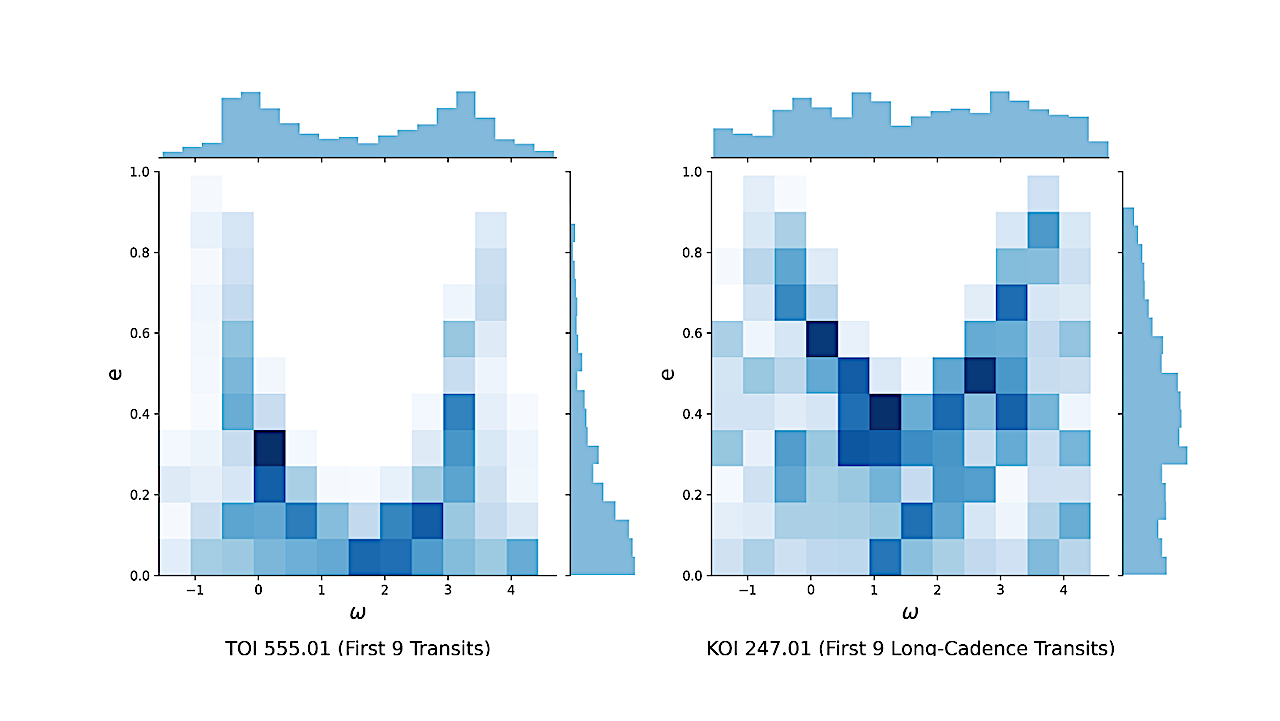Recent research has shed light on the orbital characteristics of planets orbiting M dwarf stars, focusing specifically on the relationship between orbital eccentricity and planet radius. A study led by a team of astronomers, including Sheila Sagear and Sarah Ballard, analyzed data from the TESS and Kepler missions, examining a total of 236 single- and multi-transit confirmed planets or candidates. The findings reveal significant trends in how these smaller planets behave in their orbits, contributing to our understanding of their late-stage evolutionary processes.
The study highlights that, similar to planets orbiting Sun-like stars, those around M dwarfs exhibit a positive eccentricity-radius relationship. This means that as the size of the planet increases, so does its orbital eccentricity. Notably, the research indicates that planets larger than 3.5 R (where R refers to the radius of Earth) show elevated eccentricities. This trend aligns with earlier studies conducted on other types of stars, suggesting a consistent pattern across different stellar environments.
While the research found general similarities, it also uncovered distinct behaviors among M dwarf planets near the so-called radius gap—a range of sizes where fewer planets are typically found. The analysis revealed modest evidence that single-transit M dwarf planets near this gap possess higher orbital eccentricities, mirroring trends observed in planets around Sun-like stars. In contrast, there was no evidence indicating that multi-transit M dwarf planets showed increased eccentricity in proximity to the radius gap.
The implications of these findings are significant, particularly concerning planetary atmospheres and their loss mechanisms. The research suggests that atmospheric loss among M dwarf planets may be primarily influenced by photoevaporation processes, while planets orbiting FGK dwarf stars might experience different dynamics, such as planet-planet collisions or giant impacts.
This extensive study, which includes 24 pages and 12 figures, is currently under review for publication in the Astrophysical Journal. The authors have made the data available in a machine-readable format for further analysis by the scientific community. The submission history indicates that the initial version was posted on July 9, 2025, and can be referenced through the arXiv identifier arXiv:2507.07169.
The findings not only advance our understanding of exoplanetary systems but also raise new questions about the processes that govern the evolution of planets in varying stellar environments. As research continues to evolve, the insights gained will undoubtedly enhance our knowledge of the universe’s diverse planetary systems and their potential for habitability.
